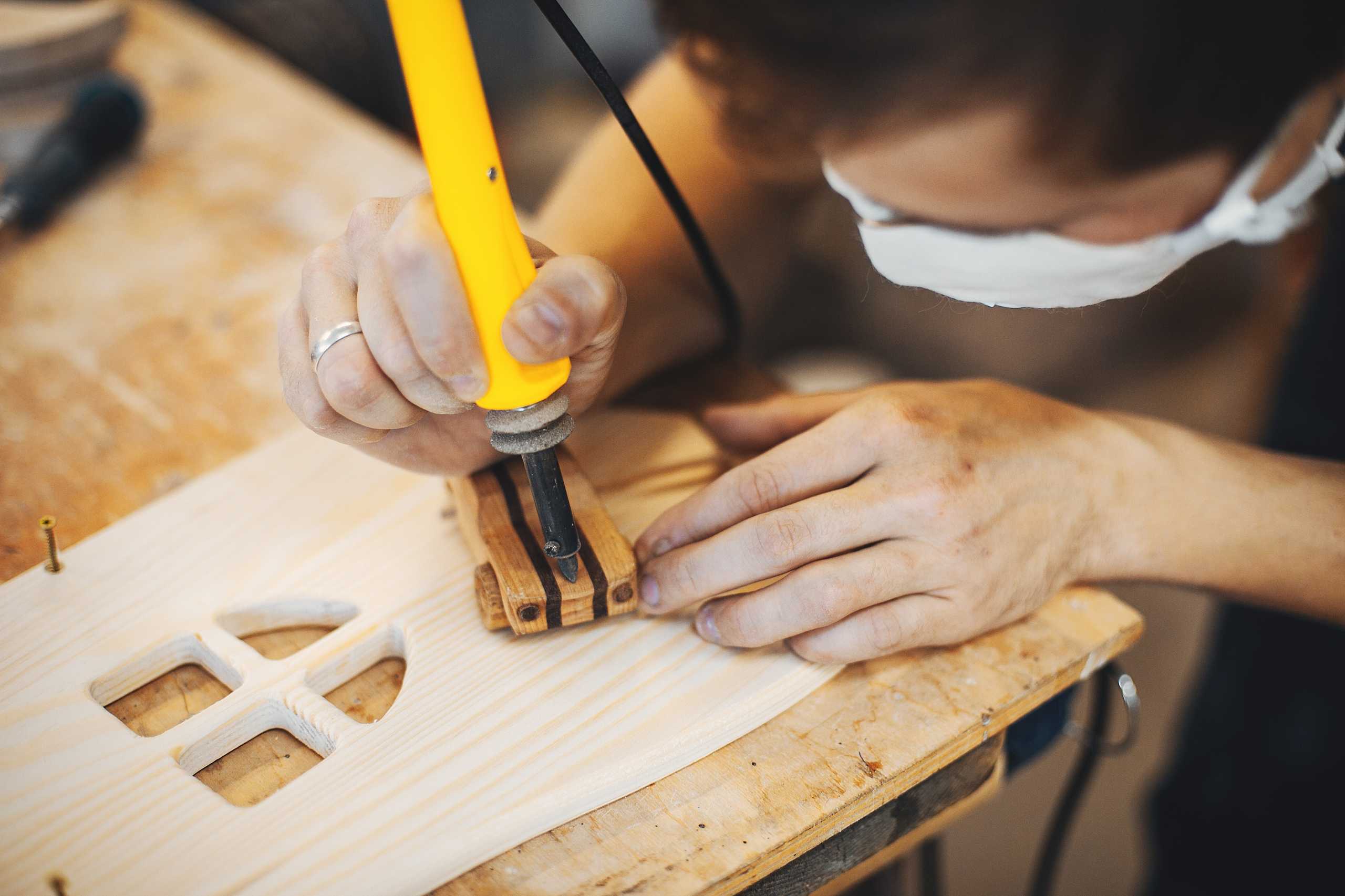The Best Fluffy Pancakes recipe you will fall in love with. Full of tips and tricks to help you make the best pancakes.

Getting Started with Woodworking
Embarking on your first woodworking project can feel both exciting and overwhelming. Choosing the right materials, tools, and techniques is essential to building confidence and achieving satisfying results. For beginners, simplicity is key: start with small, manageable projects to familiarize yourself with the basics of measuring, cutting, and joining wood.
Essential Tools for Beginners
Even for a simple project, having the right tools makes all the difference. Some essential tools include:
- Handsaw – Perfect for precise cuts in small pieces of wood.
- Clamps – Keep pieces secure while gluing or assembling.
- Chisels – Useful for carving and shaping edges.
- Sandpaper – Ensures smooth surfaces for finishing.
Step-by-Step Approach
- Plan Your Project – Sketch the design and list all required materials. Planning helps avoid mistakes and keeps you organized.
- Measure Carefully – Accurate measurements prevent errors and ensure pieces fit together perfectly.
- Cut and Shape – Use your tools to follow your design. Take your time and maintain safety precautions.
- Assemble and Finish – Glue or nail pieces together, then sand surfaces to achieve a polished look.
Tips for a Successful First Project
- Start small: a simple shelf, box, or cutting board is ideal.
- Take your time: rushing increases the risk of mistakes.
- Learn from mistakes: every error is a learning opportunity.
- Ask for advice: experienced woodworkers can provide invaluable guidance.
Why Woodworking Matters
Beyond the practical outcome, woodworking cultivates patience, focus, and creativity. Each project is not only a skill-building exercise but also a chance to create something meaningful and lasting. With consistent practice, even beginners can achieve professional-looking results and enjoy the pride of crafting with their own hands.
